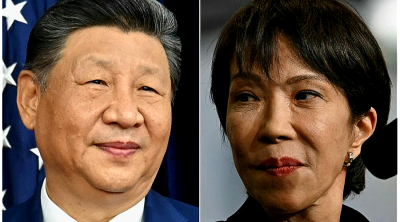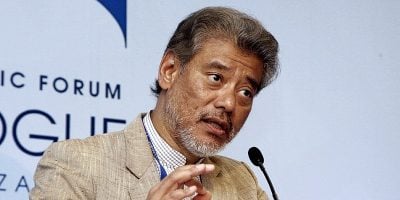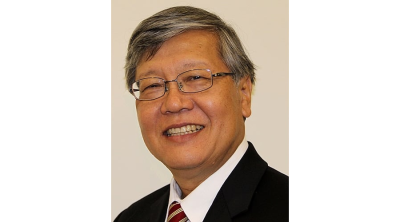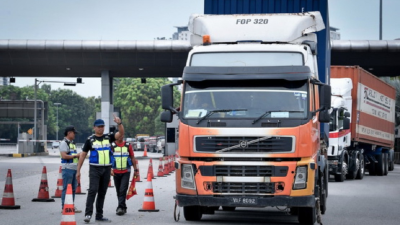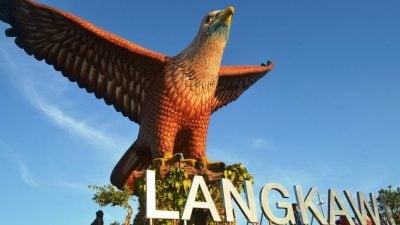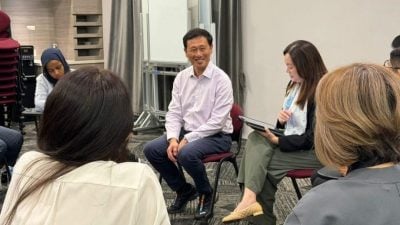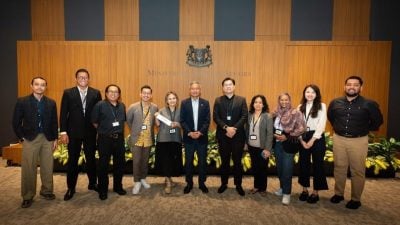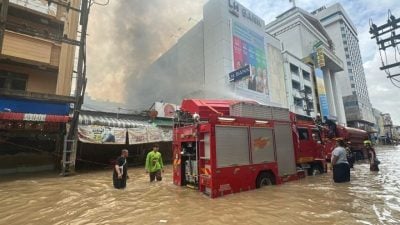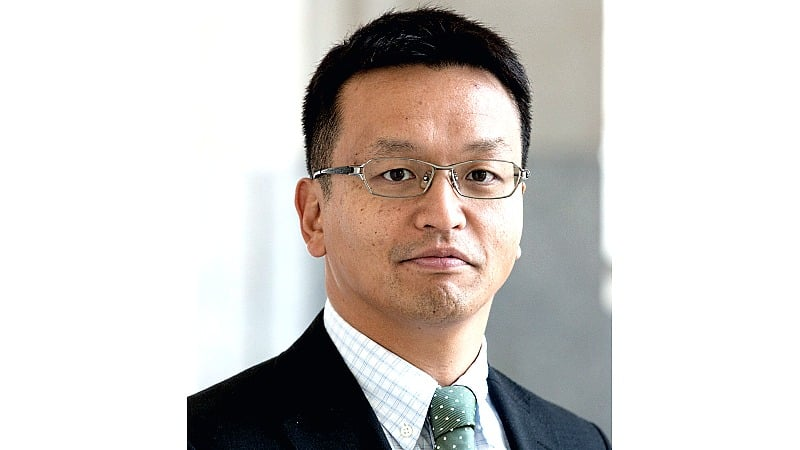
The situation in North Korea in 2025 is more likely to be influenced by the efforts of the United States, Japan, and South Korea, and especially by the North Korea policy of Donald Trump, who will be inaugurated as US president on January 20, than by the actions of the Kim Jong Un government itself.
This is because there are no signs of a change in policy in the statements of the President of the State Affairs Commission, Kim Jong Un.
Kim Jong Un has stopped delivering his annual “New Year Address” and in recent years has held a Plenary Meeting of the Central Committee of the Workers’ Party of Korea at the end of December to discuss policies for the new year.
This year, he has emphasised the local economy on the domestic front and taken a hard line against the United States and South Korea on the foreign front.
In general, it is a continuation of the previous policy. As the 9th Congress of the Workers’ Party of Korea is scheduled to be held in January next year, this year will be the last year of the five-year plan unveiled in 2021, and results in all areas will be urgently needed.
Immediately after the conclusion of the plenary meeting, Kim Jong Un visited the Kalma Coastal Tourist Area under construction in Wonsan on the Sea of Japan side and boasted that it will become a “world famous attraction.”
The sprawling resort, complete with a luxury hotel, is scheduled to open in June this year.
Kim Jong Un said that the area should be visited not only by North Koreans but also by “friends from all over the world,” so it is likely that they will resume accepting foreign tourists other than Russians this year.
At the plenary meeting, Kim Jong Un called the United States the “most reactionary state” and spoke of adopting the “toughest counteraction strategy.”
He called South Korea an “anti-communist outpost for the US.”
He made clear his confrontational stance toward the United States and South Korea and his policy of strengthening military power, but overall there were few concrete references.
The December before last, Kim Jong Un predicted that three reconnaissance satellites would be launched by 2024, but this did not materialise, which may have had an impact.
One area that has changed from a year ago is the relationship with China and Russia. Previously, North Korean media frequently published congratulatory telegrams exchanged by Kim Jong Un with the leaders of China and Russia, but recently only the telegram from President Putin has been prominent.
On December 30 in 2024, it was reported that Kim Jong Un had sent a New Year’s letter to Putin, his “closest friend and comrade.”
While there have been active high-level exchanges between North Korea and Russia over the past year, there have been no summits, let alone ministerial-level exchanges, between the Xi Jinping administration and the North.
It is clear that relations with China are strained, and this was evident in Kim Jong Un’s speech at the plenary meeting.
This year’s goal has been toned down to “promote relations with friendly countries.” Last year, he was proactive, saying, “It should set the development of relations with socialist countries as its primary task” and “launch a courageous anti-imperialist joint action and joint struggle on an international scale.”
While North Korea has formed a military alliance with Russia, a non-socialist country, and touted its close relationship with it, even sending troops to the Ukraine war, it has distanced itself from China.
China, which also values trade with the United States, cannot take “anti-imperialist joint action” with North Korea.
In order to pursue the Juche (self-reliance) idea and the independent course, which are the cornerstones of North Korea, it would be more advantageous to conduct equal-distance diplomacy with both China and Russia, but the present situation is clearly unbalanced and “leaning to one side.”
There is no particular change in North Korea, which is trying to strengthen its military power by openly expressing its hostility toward the United States and South Korea, which support Ukraine, and trying to curry favour with Russia.
Pyongyang is functioning as usual and stable. On the other hand, the increasing unpredictability of the United States and South Korea is worrying.
It is not yet clear what policy the new president, Donald Trump, will pursue toward North Korea.
In March 2018, Trump suddenly declared that he would hold a summit between North Korea and the United States, but in May, angered by North Korea’s arrogant attitude, he said he would not do so. However, he did go to Singapore in June.
In addition, the situation in South Korea will continue to be chaotic because of the self-righteous President Yoon Suk Yeol.
It is unclear who will become president in a few months, and it is not unlikely that South Korea’s policy toward North Korea will change dramatically.
The North Korean media did not report on Trump’s re-election at all, and barely mentioned the fluid situation in South Korea.
A year ago, Kim Jong Un hinted at a change in the national policy of “reunification of the country,” but there was no mention of it at this meeting.
He may have actually made a statement, but at least it was not made public.
Since Yoon Suk Yeol announced emergency martial law on December 3, 2024, North Korean media criticism of South Korea has gone completely silent.
Yoon Suk Yeol, who called North Korea a “thug” and a “political outsider,” has himself fallen from grace, and any words or actions that could be considered provocative would only embolden conservative forces in South Korea.
It would be better for North Korea to keep quiet for the time being.
(Atsuhito Isozaki is Professor at Keio University, Japan.)
ADVERTISEMENT
ADVERTISEMENT







